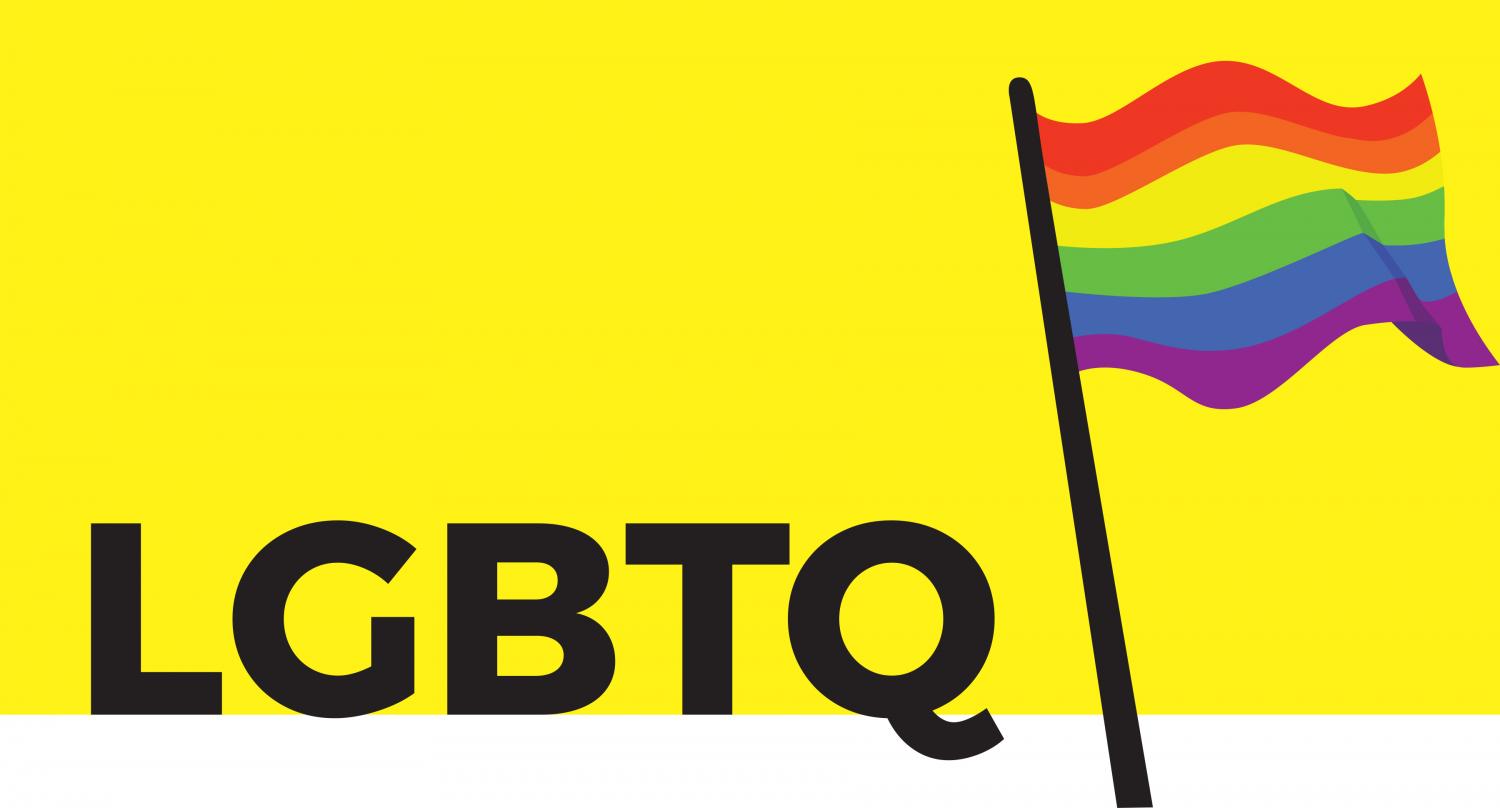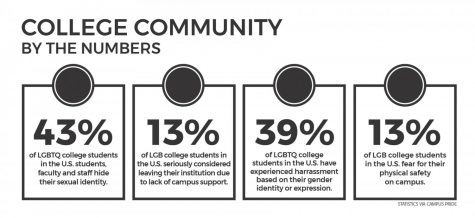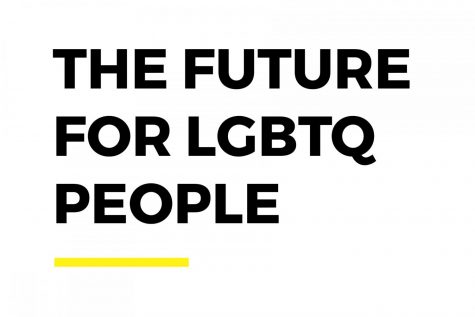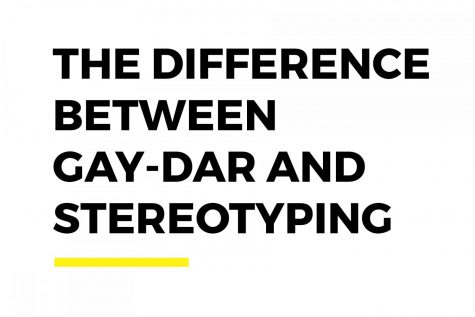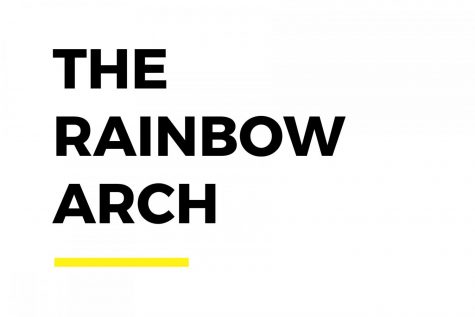The LGBT Issue
October 2, 2017
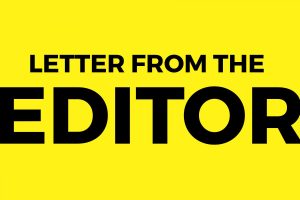 Last year in November, feeling disheartened about the election’s results and looking to find solace in a community that would understand my struggles, I went to one of the NYU LGBTQ center’s meetings, “CampGrrl.” It’s a student club “for self-identified lesbian, bisexual, queer and transgender women and their allies,” according to NYU’s website. There were about 15 students there. I didn’t speak at all the whole time. One of the freshmen took center stage, speaking loudly and frequently, while others sat uncomfortably. I was not the only newcomer, but there wasn’t much of a formal welcome. I left with no intention of coming back, almost embarrassed that I had gone. I wondered why, in a school of 26,000 undergraduate students, there were only 15 people at the meeting. Where was everyone else?
Last year in November, feeling disheartened about the election’s results and looking to find solace in a community that would understand my struggles, I went to one of the NYU LGBTQ center’s meetings, “CampGrrl.” It’s a student club “for self-identified lesbian, bisexual, queer and transgender women and their allies,” according to NYU’s website. There were about 15 students there. I didn’t speak at all the whole time. One of the freshmen took center stage, speaking loudly and frequently, while others sat uncomfortably. I was not the only newcomer, but there wasn’t much of a formal welcome. I left with no intention of coming back, almost embarrassed that I had gone. I wondered why, in a school of 26,000 undergraduate students, there were only 15 people at the meeting. Where was everyone else?
As a gay woman, I haven’t been able to find a strong queer community at NYU at all. While I am fortunate enough to have come from an accepting hometown with a loving family and wonderful girlfriend at home, I know not many others experienced the world similarly to myself.
SafeZone trainings, personally, don’t seem to be much help either. SafeZone trainings are an extensive three-hour course on how to be an ally, which feels more like the fulfillment of a liberal college check mark than anything else. I have never used someone who is SafeZone trained as a resource, partly because the resources themselves don’t feel very useful. It looks great on paper, sure — and LGBTQ students looking to find an open and supportive school are likely to put NYU on their shortlist.
The problem runs much deeper than a lack of effective resources for students. There is a lack of diversity in the voices that are heard from the LGBTQ community overall, something I realized when recruiting writers for this issue. I jokingly said last night that we should have called this issue the “LG” issue. No B, no T, no Q. I struggled to find a wide representation of LGBTQ writers who could truly encapsulate the reality of being queer at NYU. I wound up with three white males and myself — the sole “L” of the equation — as WSN’s representation of the LGBTQ community. My hopes for this issue were to encapsulate a wide range of experiences within the community, but I think that even just the representation in this spread says a lot.
I write this not to discredit or invalidate the narratives of the writers of this themed issue, but to recognize that they were the ones I could find to write for me, the ones open and ready to share their stories — to recognize that, while their stories are as valid as anyone else’s in the LGBTQ community, theirs are often the loudest and the most listened to. Nonetheless, I had an amazing time working with these three individuals and am excited to share with you all what they had to say. However, I hope that whoever takes on the challenge of heading the LGBTQ issue next year has a wider selection of stories to choose from and that other members of the community feel that they have a platform on which they can safely and comfortably speak and share. There are so many stories that we need to hear.
— Laura Shkouratoff, Creative Director

